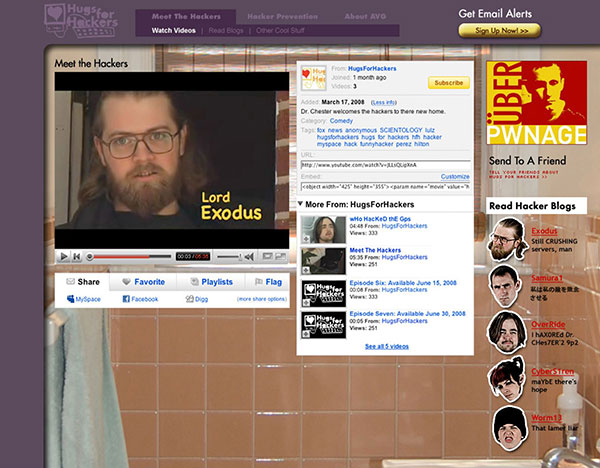May
Connected TV Post-Pandemic
By Elizabeth Iadevaio, Research and Partnerships
The coronavirus pandemic has affected everyone around the world in many different ways – but how has it affected connected TV?
Ever since the start of the pandemic, the amount of time that people are spending on streaming platforms has increased dramatically. The streaming platform Roku saw this as an opportunity for success. Recently, Roku announced their strategic alliance with Nielsen, aiming to advance their launch of dynamic ad insertion and to aid in standardizing media measurement. This will help quickly move linear TV ad dollars to streaming. Roku also announced the introduction of their first brand studio for streaming TV ads in order to develop their platform revenue. Roku stated that their monetized video ad impressions doubled in 2020 and they expect this growth to continue.

So, is linear TV dead?
No, not necessarily and at least not yet. Harry Harcus, managing director at Finecast confirms that traditional TV is still in the lead. However, there are just so many ways to watch TV now, other than sitting in your living room and turning on your pre-programmed television. One reason why traditional TV still leads is that people only want a limited number. Subscription services can get overwhelming, confusing and expensive. In the future, if people want to watch everything on demand, they might not have much of a choice as to how many subscriptions they have. Mike Shaw, director of international sales at Roku, believes that all TV in the future will be streamed, which means that all TV advertising will be streamed.
Streaming services allow for so many more brands to advertise which is a real boom to ad agencies. These same advertisers need help navigating this complex transition to streaming ads and agencies are there to help. Harcus rejects the idea that ad agencies are dead, discussing that “they have the resources, they have the expertise, and they’ve changed a lot over the years.”
What exactly does all of this mean?
The evolution to streaming media opens up many opportunities. There are three important things for brands and advertisers to keep in mind as we arise from the pandemic and evolve to streaming. First, as Harcus shares, it is critical to work with the appropriate people – those who understand this transition and are able to efficiently provide assistance. Mary Ann Halford shares that transparency is key. Everyone wants to know what the process looks like and this will allow for accountability to be taken when it is needed. Lastly, Mike Shaw says that this is the point in time where we connect the value of TV and the intelligence of the digital space.





